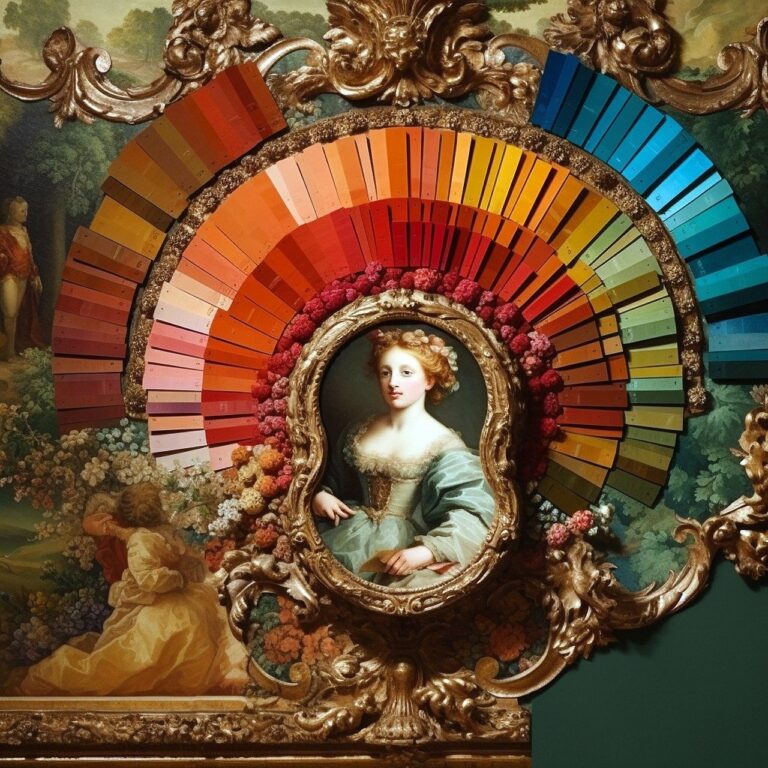Fashion and Cultural Identity: How Traditional Attire Inspires Contemporary Design
In today’s globalized world, fashion has become more than just clothingit is a powerful form of self-expression and cultural identity. Traditional attire from various cultures around the world has long been a source of inspiration for contemporary designers, influencing trends and styles that resonate with people from all walks of life. This article explores the rich tapestry of fashion and cultural identity, highlighting how traditional attire continues to shape and inspire modern design.
The Influence of Traditional Attire on Contemporary Fashion
Traditional attire serves as a reflection of a culture’s history, values, and customs. It is a visual representation of the unique identity of a community or society, showcasing the artistry and craftsmanship of its people. Many designers draw inspiration from traditional attire, incorporating elements such as textiles, patterns, and silhouettes into their collections to create modern interpretations that pay homage to the past while pushing boundaries in the present.
For example, the vibrant colors and intricate embroidery found in Mexican folkloric dress have inspired designers such as Carolina Herrera and Oscar de la Renta to create breathtaking collections that celebrate the country’s rich cultural heritage. Similarly, the flowing robes and intricate beadwork of traditional African attire have influenced designers like Duro Olowu and Lisa Folawiyo, who infuse their designs with a sense of pride and reverence for their heritage.
The Significance of Traditional Attire in Cultures Around the World
Traditional attire holds a special place in the hearts of people from diverse backgrounds, serving as a symbol of their roots and heritage. In many cultures, traditional clothing is worn during important ceremonies, festivals, and celebrations, signifying a connection to one’s ancestors and a sense of belonging to a larger community. These garments are often passed down from generation to generation, carrying with them stories and memories that evoke a deep sense of pride and nostalgia.
For example, the kimonoa traditional Japanese garmentis considered a symbol of Japanese culture and is worn during special occasions such as weddings and tea ceremonies. Its timeless elegance and simple yet sophisticated design have inspired countless designers around the world, who have incorporated elements of the kimono into their own creations.
Reviving and Reimagining Traditional Attire
As fashion continues to evolve, designers are finding new ways to celebrate and honor traditional attire while infusing it with a contemporary twist. By combining elements of the past with modern techniques and technologies, designers are able to create innovative and cutting-edge designs that resonate with today’s fashion-conscious consumers.
One such example is the revival of the qipao, a traditional Chinese dress that dates back to the Qing Dynasty. Designers such as Guo Pei and Vivienne Tam have reimagined the qipao, incorporating bold colors, luxurious fabrics, and intricate embellishments to create modern interpretations that captivate audiences around the world. These updated versions pay homage to the dress’s cultural significance while appealing to a new generation of fashion enthusiasts.
Celebrating Diversity and Inclusivity Through Fashion
One of the most powerful aspects of traditional attire is its ability to transcend cultural boundaries and bring people together. In a world that is increasingly divided, fashion serves as a unifying force that celebrates diversity and inclusivity, showcasing the beauty and richness of different cultures in a meaningful and impactful way.
Designers such as Christian Dior and Jean Paul Gaultier have long been champions of diversity in fashion, drawing inspiration from traditional attire from around the world to create collections that reflect a wide range of cultural influences. By celebrating the unique characteristics of each culture and embracing the differences that make us all unique, these designers have helped to redefine beauty standards and challenge societal norms in the world of fashion.
The Future of Fashion and Cultural Identity
As we look to the future, it is clear that the intersection of fashion and cultural identity will continue to play a significant role in shaping the industry. By embracing traditional attire and drawing inspiration from different cultures, designers have the opportunity to create collections that resonate with consumers on a deeper level, fostering a sense of connection and understanding that transcends language and borders.
It is important for designers to approach the use of traditional attire with respect and sensitivity, recognizing the cultural significance of these garments and the communities that have preserved them for centuries. By collaborating with artisans and craftsmen from diverse backgrounds, designers can ensure that their creations are authentic and representative of the cultures that inspire them, creating a more inclusive and diverse fashion landscape for future generations to enjoy.
FAQs
1. How does traditional attire influence contemporary fashion?
Traditional attire serves as a source of inspiration for contemporary designers, who incorporate elements such as textiles, patterns, and silhouettes into their collections to create modern interpretations that pay homage to the past.
2. Why is traditional attire important to different cultures?
Traditional attire holds a special place in the hearts of people from diverse backgrounds, serving as a symbol of their roots and heritage. It is worn during important ceremonies and celebrations, signifying a connection to one’s ancestors and a sense of belonging to a larger community.
3. How can designers revive and reimagine traditional attire?
Designers can revive and reimagine traditional attire by combining elements of the past with modern techniques and technologies, creating innovative and cutting-edge designs that resonate with today’s fashion-conscious consumers. By incorporating bold colors, luxurious fabrics, and intricate embellishments, designers can create modern interpretations that captivate audiences around the world.
4. What role does fashion play in celebrating diversity and inclusivity?
Fashion serves as a unifying force that celebrates diversity and inclusivity, showcasing the beauty and richness of different cultures in a meaningful and impactful way. By drawing inspiration from traditional attire from around the world, designers can create collections that reflect a wide range of cultural influences, redefining beauty standards and challenging societal norms in the world of fashion.







